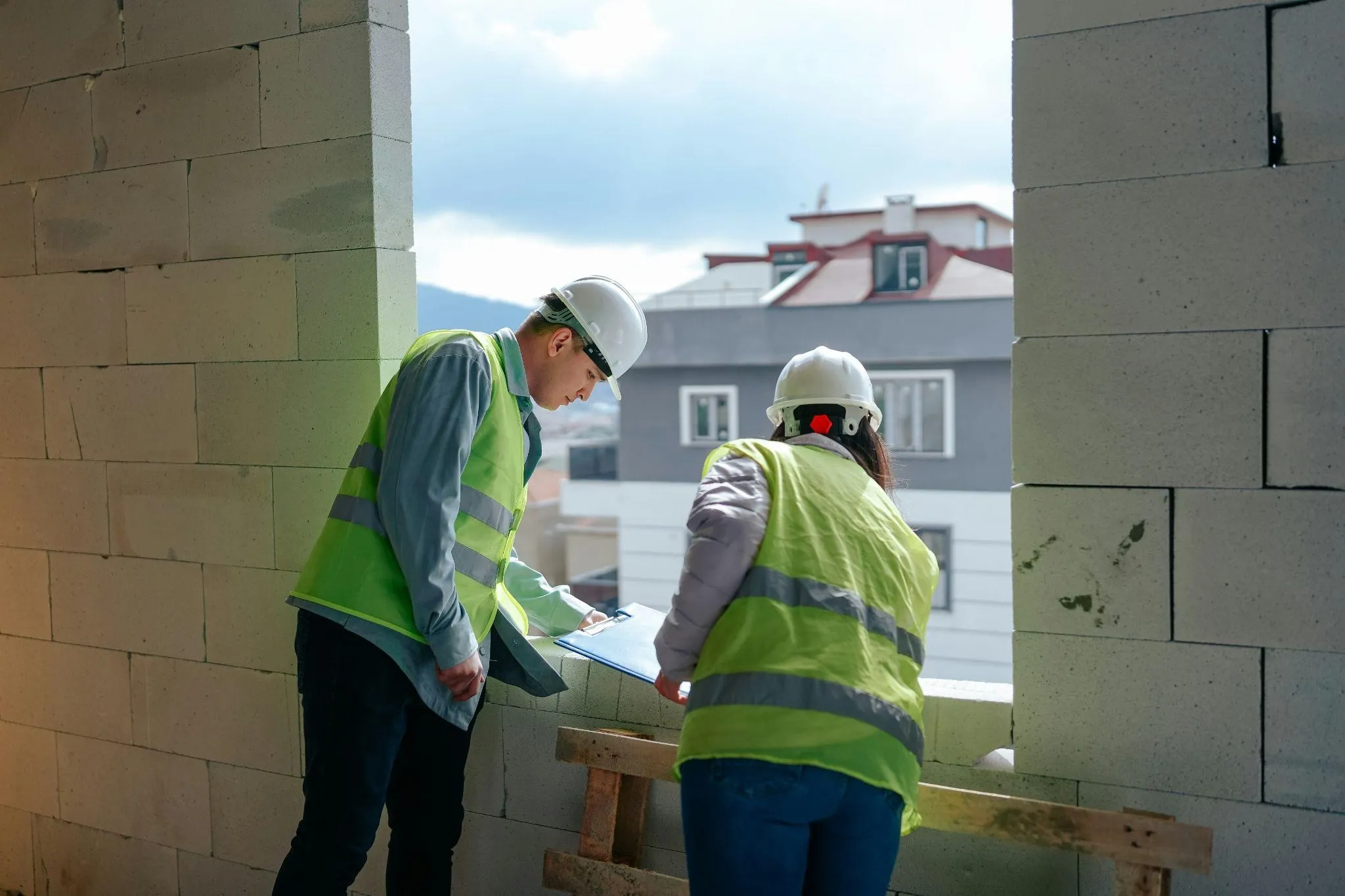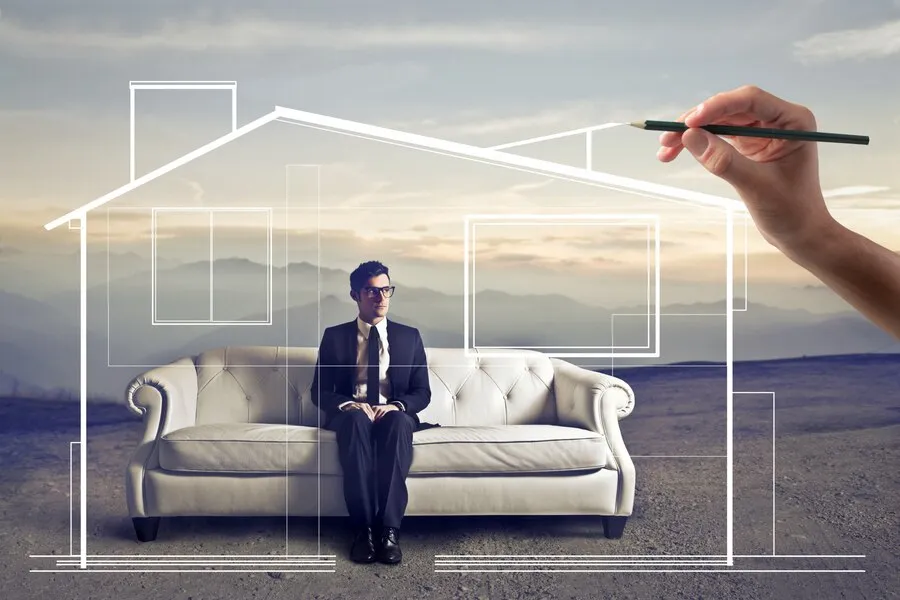Table of Contents
- Careful budgeting is essential to avoid overspending, including factoring in hidden costs like permits, inspections, and site preparation.
- Choosing a reliable builder with transparent pricing helps balance affordability and quality while preventing unexpected expenses.
- Smart design choices, such as practical layouts and cost-effective materials, can reduce construction costs without sacrificing style or functionality.
- Avoiding common budget mistakes, like last-minute changes and underestimating additional expenses, ensures a smoother and more cost-effective home-building process.
Building a home is an exciting journey, but costs can spiral out of control without careful planning. Many homeowners start with a budget in mind, only to find themselves overspending on upgrades, unexpected fees, or inefficient planning. The key to staying within budget is understanding where to invest, where to save, and how to make informed decisions from the start.
This guide will walk you through essential strategies to build your dream home without breaking the bank. From setting a realistic budget to choosing the right builder and making smart design choices, you’ll learn how to manage costs without sacrificing quality.
Setting a Realistic Budget for Your Home Build
The foundation of a cost-effective home build is a well-planned budget. Before hiring a builder or selecting a floor plan, determine how much you can realistically afford. This means factoring in more than just construction costs. Site preparation, permits, inspections, and utility connections can add up quickly. If you’re financing the build with a loan, account for interest rates and loan fees that could affect your total cost.
Getting multiple quotes from builders is crucial. Prices vary widely depending on materials, labor, and even the time of year you decide to build. Comparing quotes helps you spot overpriced services and ensures you get the best value. Including a contingency fund in your budget is wise—unexpected expenses are almost inevitable, and having a financial cushion can prevent delays or compromises in quality.
Another way to stay on track is by defining your must-haves versus nice-to-haves. While custom features and luxury finishes may be tempting, they can quickly push your budget beyond its limits. Prioritizing the essentials and making strategic compromises will help keep costs under control while still creating a home that meets your needs.
Choosing the Right Builder Without Overspending
Selecting the right builder is one of the most essential steps in keeping your home built within budget. A reliable builder will offer transparent pricing, quality workmanship, and cost-saving recommendations without compromising durability or design. When comparing options, look for companies with strong reputations, clear contracts, and a history of delivering projects on time and within budget.
Beechwood Homes are affordable home builders that you can work with if you’re looking for a balance between cost-effectiveness and quality. A builder that prioritizes both affordability and craftsmanship can help you make informed financial decisions while still achieving the home you envision. The key is to choose a company that provides detailed pricing breakdowns and flexible options so you can adjust materials and finishes to stay within your budget.
Communication is essential when working with your builder. Be upfront about your financial limits and ask for recommendations on ways to reduce costs without sacrificing long-term value. Some builders offer fixed-price contracts, which can prevent unexpected expenses and give you better control over your spending. Others may suggest practical design adjustments or material swaps to cut costs while significantly maintaining a stylish, functional home.
Selecting a builder who understands your priorities and budget will ensure a smoother, more cost-effective building experience. Researching your options will also ensure that your home is built to your standards without unnecessary financial stress.
Smart Design Choices That Save Money
Many homeowners unknowingly increase their costs during the design phase. While adding custom features and intricate designs is tempting, a well-planned layout can save thousands without sacrificing style or functionality. A practical floor plan with minimal wasted space helps reduce construction costs while providing all the needed rooms and features. Open-concept designs, for example, can maximize space efficiency while reducing the need for extra walls and materials.
Another way to stay within budget is to choose cost-effective materials. While high-end finishes like marble countertops or hardwood floors may look appealing, affordable alternatives offer the same aesthetic without the hefty price tag. Engineered stone, laminate flooring, and prefabricated cabinetry can provide durability and style at a fraction of the cost. It’s also worth sourcing materials from local suppliers to reduce transportation expenses.
When it comes to fixtures and finishes, consider what truly adds value. Energy-efficient windows, LED lighting, and water-saving fixtures may cost more upfront, but they can significantly reduce utility bills in the long run. Prioritizing long-term efficiency over short-term trends ensures that your home remains cost-effective even after construction.
Customization is another area where costs can quickly add up. While it’s essential to tailor your home to your lifestyle, excessive customizations can lead to higher labor costs and longer build times. Sticking to standard doors, windows, and cabinet dimensions can help you avoid additional expenses. By focusing on timeless, functional design elements, you’ll create a home that stays within budget while still feeling personalized.
Cutting Costs Without Cutting Corners
Saving money during the home-building process doesn’t mean compromising on quality. With careful planning and smart choices, you can reduce costs while ensuring a sturdy and stylish home. One of the easiest ways to cut costs is to simplify the overall structure. Complex rooflines, unnecessary bump-outs, and intricate architectural details add to labor and material costs. Opting for a straightforward design keeps expenses down while making construction more efficient.
Energy efficiency is another way to save money during and after construction. Proper insulation, energy-efficient appliances, and solar-ready designs may require a slightly higher upfront investment, but they will lower utility bills. Some energy-saving upgrades qualify for government incentives, helping offset initial costs.
While some aspects of construction should always be left to professionals, there are areas where DIY can help you cut expenses. Simple tasks like painting walls, installing light fixtures, or handling landscaping can significantly reduce labor costs. However, it’s essential to be realistic about what you can handle—mistakes in central installations can lead to costly repairs later.
Negotiating with suppliers and contractors can also lead to savings. Some builders offer discounts for bundling services, and suppliers may be willing to price-match or offer better deals on bulk purchases. Staying flexible with your choices and exploring multiple options will help you maximise your budget.
Strategic decisions are the key to reducing costs without sacrificing quality. You can build a home that meets your financial and design goals by prioritizing essential features, choosing durable materials, and avoiding unnecessary expenses.
Also Read: Safeguarding Your Home: Regular Roof Inspections Explained
Avoiding Common Budget Mistakes
Even with a well-planned budget, unexpected costs can creep in and throw off your financial plan. One of the most common mistakes homeowners make is underestimating additional expenses beyond construction. Permit fees, utility hookups, site preparation, and landscaping often surprise those who haven’t budgeted for them. To avoid this, getting a full breakdown of costs from your builder and setting aside a contingency fund of at least 10% to cover unexpected expenses is essential.
Another budget pitfall is making too many last-minute changes. Altering the design, upgrading materials, or expanding floor plans once construction starts can lead to delays and extra costs. Finalizing your design and selections before breaking ground is vital to avoid costly adjustments later. Working closely with your builder to anticipate potential issues can help prevent unnecessary expenses.
Some homeowners also choose the lowest quote without considering long-term value. While saving money upfront is essential, extremely low bids can sometimes signal poor workmanship or the use of subpar materials. A higher-quality build may cost more initially, but it can prevent expensive repairs or replacements. Always check builder reviews, ask for references, and ensure quality isn’t sacrificed for a lower price.
Sticking to a budget also means knowing when to splurge and when to save. Durable materials may benefit high-traffic areas like kitchens and bathrooms, while secondary spaces like guest rooms can be finished more affordably. Understanding where to allocate funds wisely will help you stay within budget without compromising your dream home.
Final Thoughts
Building a home without overspending requires careful planning, smart decision-making, and working with the right professionals. Setting a realistic budget, choosing a cost-effective builder, and making strategic design choices will help you stay on track financially while still achieving the home you’ve envisioned. By avoiding common budgeting mistakes and prioritizing long-term value over short-term savings, you can enjoy a smooth building process with fewer financial surprises.
With the right approach, you can build a high-quality home that meets your needs without breaking the bank. Thoughtful planning and informed choices will ensure that your dream home becomes a reality without unnecessary financial stress.




